
Zurich Zoo unveiled: animal life as you’ve never seen it

A three-hour documentary on the inner life of one of the top zoos in the world has premiered in Berlin. Its creator, Romuald Karmakar, explains what made him shift his gaze from wars and techno music to animals in a cage.
Far from the chaotic political protests and the red carpet buzz of the Berlin International Film Festival last February, another kind of special, if more subdued, premiere was taking place on the sidelines. The 600 seats inside the opulent Delphi Film Palast, a major arthouse cinema reconstructed in 1949 during the city’s postwar revival, were quickly filling up.
No stars appeared at the screening or in the film itself, yet the atmosphere in the room suggested great collective anticipation. Romuald Karmakar’s The Invisible Zoo, a three-hour, mostly wordless portrait of Zurich Zoo, was about to have its world premiere.
“From the beginning of the project we said, four seasons, no commentary, no extra music, no seated interviews,” says Karmakar after the screening.
Known in the 1990s and 2000s as one of the most fearless and politically controversial of German filmmakers, Karmakar has spent much of the past two decades chronicling various electronic music scenes in Germany, in films like 196 BPM (2003) or If I Think of Germany at Night (2017). Before that, his subjects ranged from Balkan mercenaries to serial child killers and cockfights, the speeches of Heinrich Himmler and the imam of the 9/11 hijackers.
His latest film ought to test the limits of any audience. Karmakar’s style is bone-dry, stripped of rhetorical flourishes, and gets its effect to a great extent from the patience of a level-headed, durational gaze.
It depicts the workings of the zoo in some detail: management meetings, discussions among employees, public donor aperitifs, but mostly a good deal of the simple, practical work it takes to sustain a place as vast and complex as this world-famous zoo.
Why Zurich Zoo?
My first question is “Why Zurich?”, since most of Karmakar’s major films are set in Berlin, and all take some troublesome aspect of German history or culture as a starting point. This includes his Philippines-set Manila (2000), which won the Silver Leopard at the Locarno Film Festival.
“Frankly, the film was prepared and financed to be shot at the zoo in West Berlin, but after ten days of shooting there we stopped because of sustained and repeated obstruction by zoo management,” is Karmakar’s pragmatic response to the question.
“That fell apart in summer 2018, so – with the economic pressures of a small production in mind – we checked the Sheridan ratings [a global ranking compiled by British expert Anthony Sheridan] for zoos in Europe. The top five were all in German-speaking countries. Vienna, number one, followed by Leipzig and Basel, and then Zurich. I knew somebody with a connection to Zurich, and through them got the permission relatively quickly. So we went to Zurich!”
“The only restriction I had is that I couldn’t go backstage with the primates, and to the elephants,” he laughs. “I learned only yesterday that it was for security reasons, since I never asked. But by the time we were in Zurich, I was just happy to be able to shoot.”
Asked if there’s a trick to filming animals, Karmakar said: “In a film about the Zurich Zoo, you need to search for the essence of any given animal you are filming. What is he watching? What is he listening to? And wildlife films rarely use original sound. Let’s take Planet Earth as an example: that polar bear you are seeing is not accompanied by the original sound of his life, his growls, his footsteps, or the air. You’d probably hear the sound of the production helicopter roaring above it. We worked to do the opposite.”
As he speaks, Karmakar laughs a lot, as if he is discovering how the film he has made, in all of its complexity, might be interpreted in real time. “When my editor first heard the film with sync sound, his comment was, ‘It’s so incredibly loud’,” he recalls. “And in Zurich Zoo’s case, it’s near the airport, so there are constant noises of planes flying above.”

Death of a zebra
Throughout The Invisible Zoo, we see the animals in their various artificial habitats. We see their food being prepared, industrially divided, and served up through tubes and cones. We see the animals’ impassive faces. We see their routines and, in one notable case, we see their death.
One long, distressing scene features the shooting, decapitation, disembowelment, and feeding to the lions of a Chapman zebra, a healthy animal which the zoo – by their own account – did everything to relocate after the death of his only mate.
The zoo took the decision, after a fruitless search for another institution that would take him, to kill the animal. In this protracted sequence, Karmakar depicts the violence that is necessary to maintain a place of calm and tranquility.
“You have the beauty of the animals, and you have the iconography of animals in our society – children’s pyjamas, animals in cinema, whatever,” he says. “But to make this ‘public’ face work, you must make these kinds of decisions. And showing both is an essential part of the work of the filmmaker. Zebras too are coded – through the Madagascar films [a series of children’s animation produced by Dreamworks], among others – as beloved animals. And this one is healthy, which makes it even more bizarre. So it raises crucial questions about human-animal relations and the way they operate institutionally.”
He continues, as if grasping at the irresolvable tension of the mystery of the project. “The person who shot the zebra didn’t want to be filmed, but he also didn’t want me to film the falling zebra, in its moment of death. The first I can accept and understand, but I had a lot of trouble understanding why he didn’t want me to film the zebra dying.”

Covid strikes
“When you shoot in a zoo like Zurich, it is always an intervention into the daily routine of the people who work there, especially the zookeepers,” says Karmakar. “This is difficult because you have to find a way [to work] with this person. You meet him ten minutes before shooting starts, and you have to make a rapport.”
Part of the powerful effect of his unfussy, deliberate style arrives in the film’s last act, when Covid-19 intervenes out of nowhere. Throughout the preceding 140 minutes, there were no visible signs of the period in which it was shot, no anticipation of a looming pandemic that would intervene dramatically in the lives of the people on screen.
Karmakar gives us the spectacle of these animals entombed in elaborate artificial displays for zero spectators; just empty corridors and viewing platforms. Suddenly his hyper-realist project feels like a Samuel Beckett play – think Waiting for GodotExternal link, for instance. “The apes do not know why people aren’t coming anymore,” he says. “Nobody can tell them. Something for them is simply not usual; neither was it for us.”
From colonial to natural
When did it become an invisible zoo for him? “In the 19th century, most of the big zoos in Europe adopted a certain pavilion architecture coming out of colonial heritage. But at the beginning of the 20th century, with Hamburg Zoo, there was a shift in strategy, what I call, ‘Making a zoo invisible’,” he explains.
“You want to take away the structure of the pavilions, the Indian temple, the Egyptian ambient. The Zurich Zoo has interesting enclosures that have no buildings. They are completely built into the natural landscape. You don’t see anything. You could be mistaken for thinking you’re watching a forest scene. Not showing what is ugly but trying instead to disappear as an institution. But as we know, everything that looks simple needs a lot of manpower. It can be even more work.”
“What do you want to see if you go to a zoo? This is important,” he says, before quoting a poem by the pre-Socratic natural philosopher Empedocles, which opens the film: “‘You can only see what you acknowledge’. We are part of the invisible zoo, because we decide what we want to see.”
Edited by Virginie Mangin & Eduardo Simantob/gw

In compliance with the JTI standards
More: SWI swissinfo.ch certified by the Journalism Trust Initiative






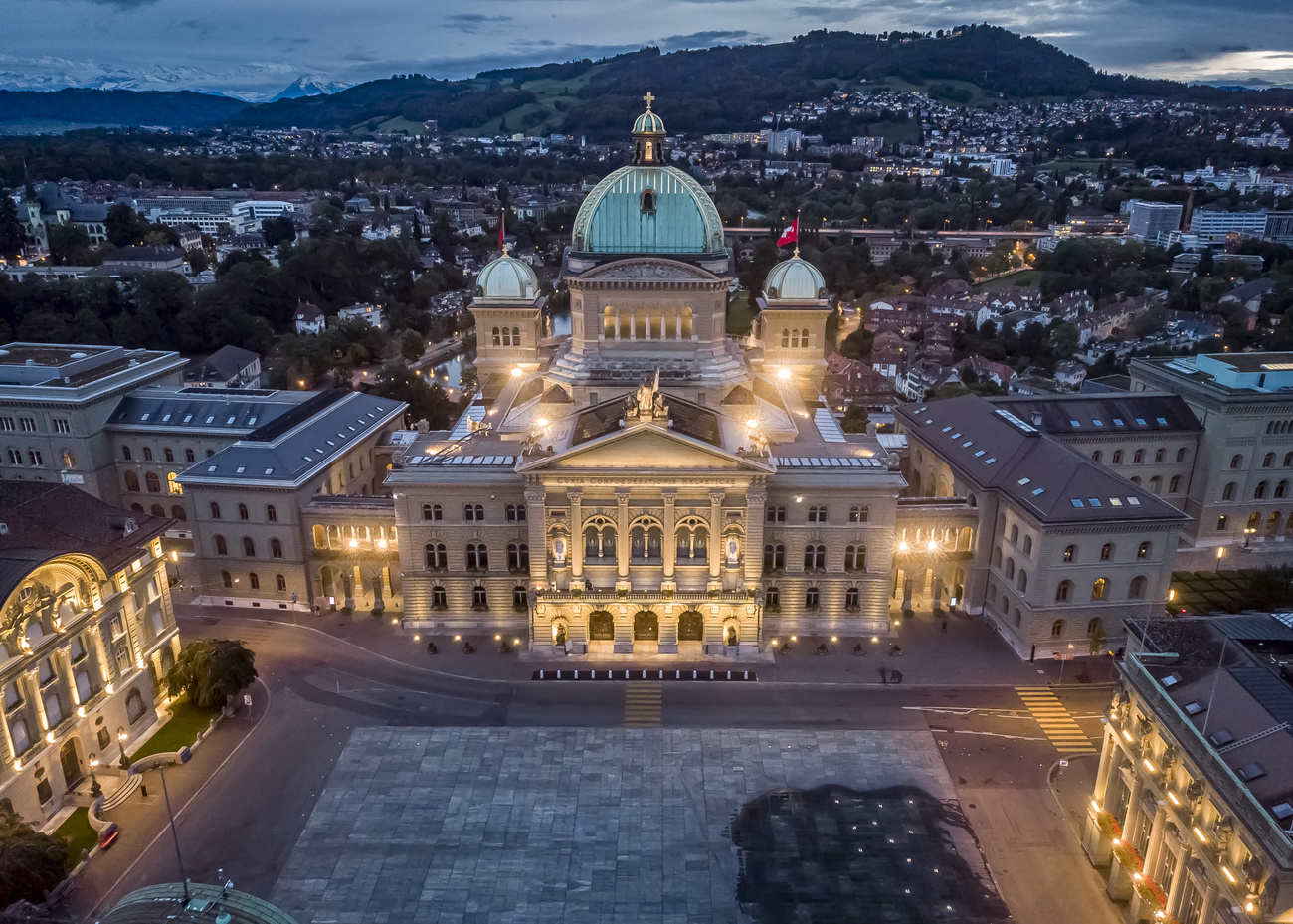




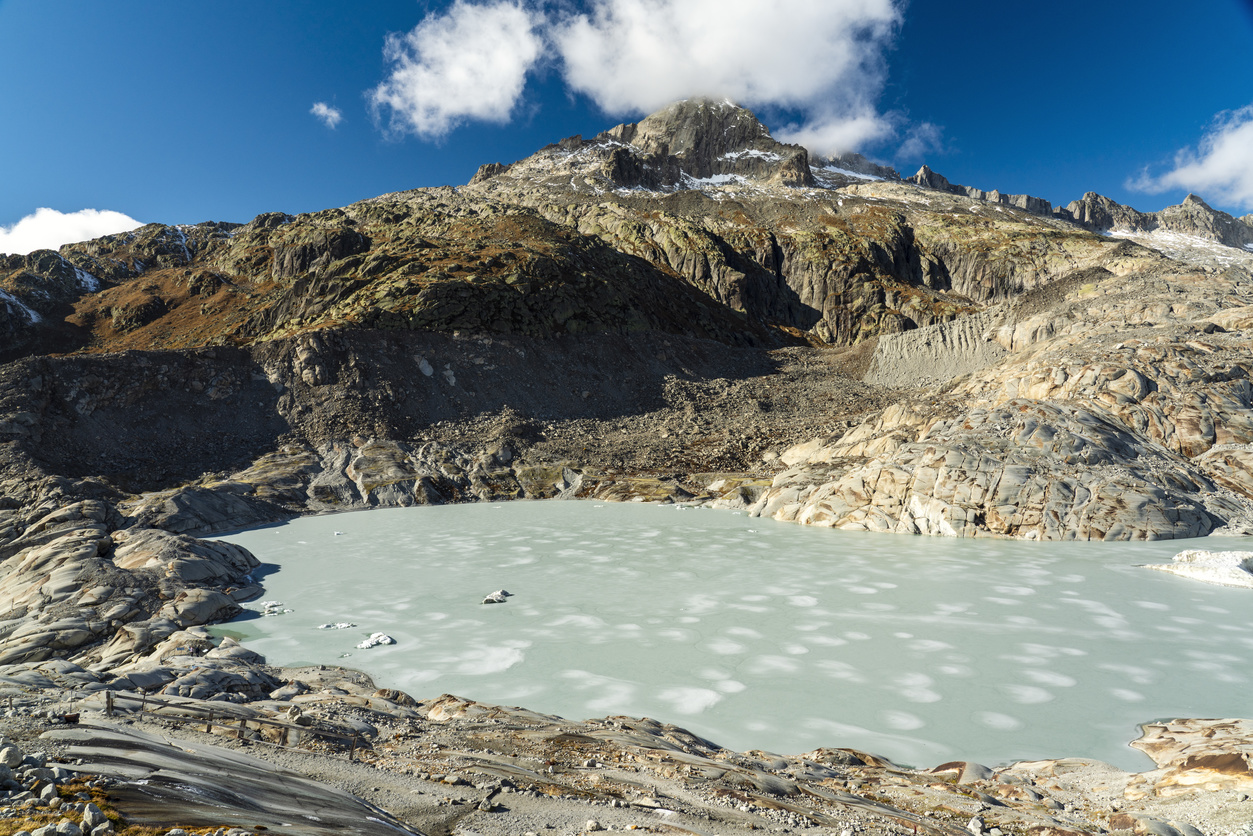


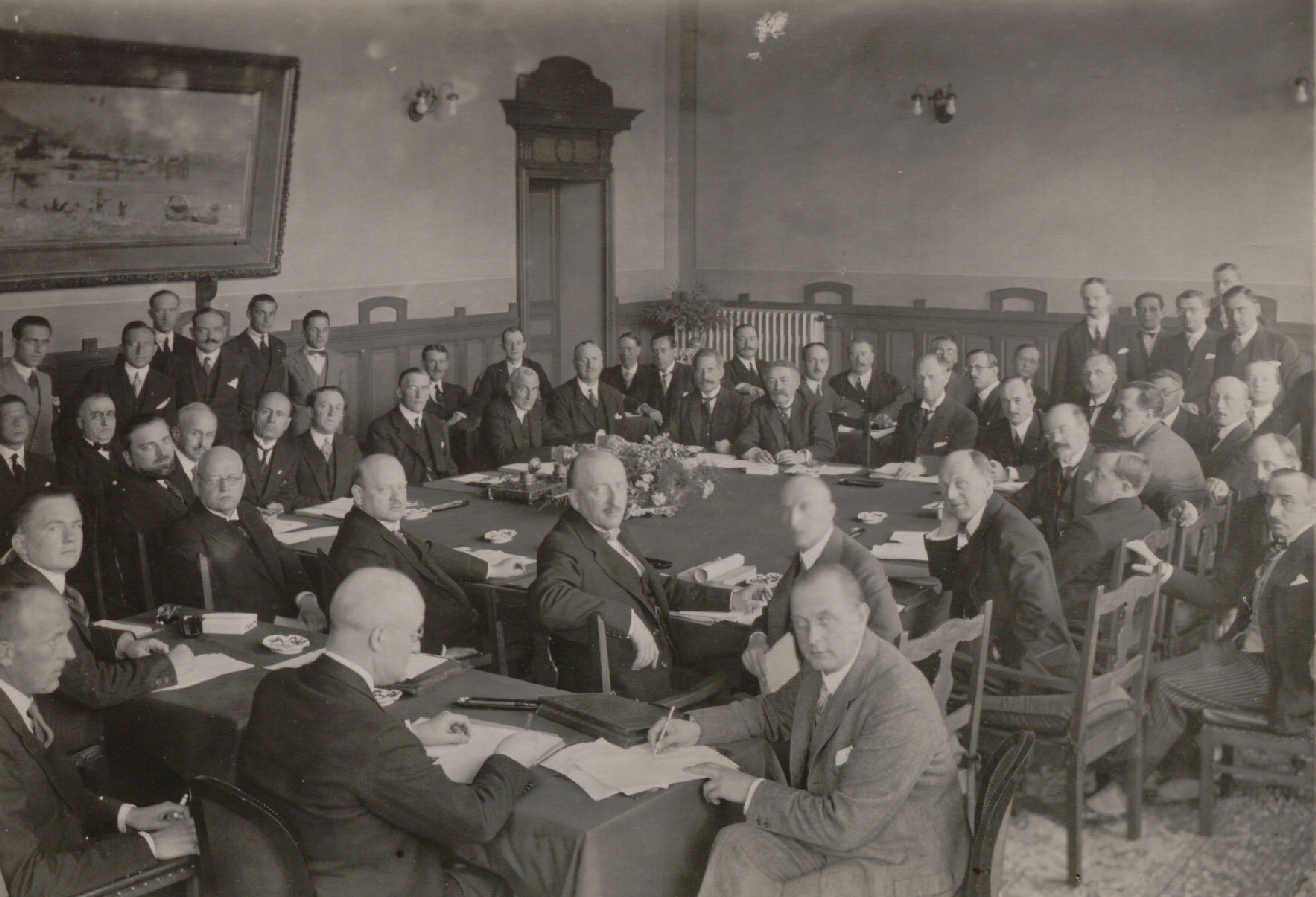




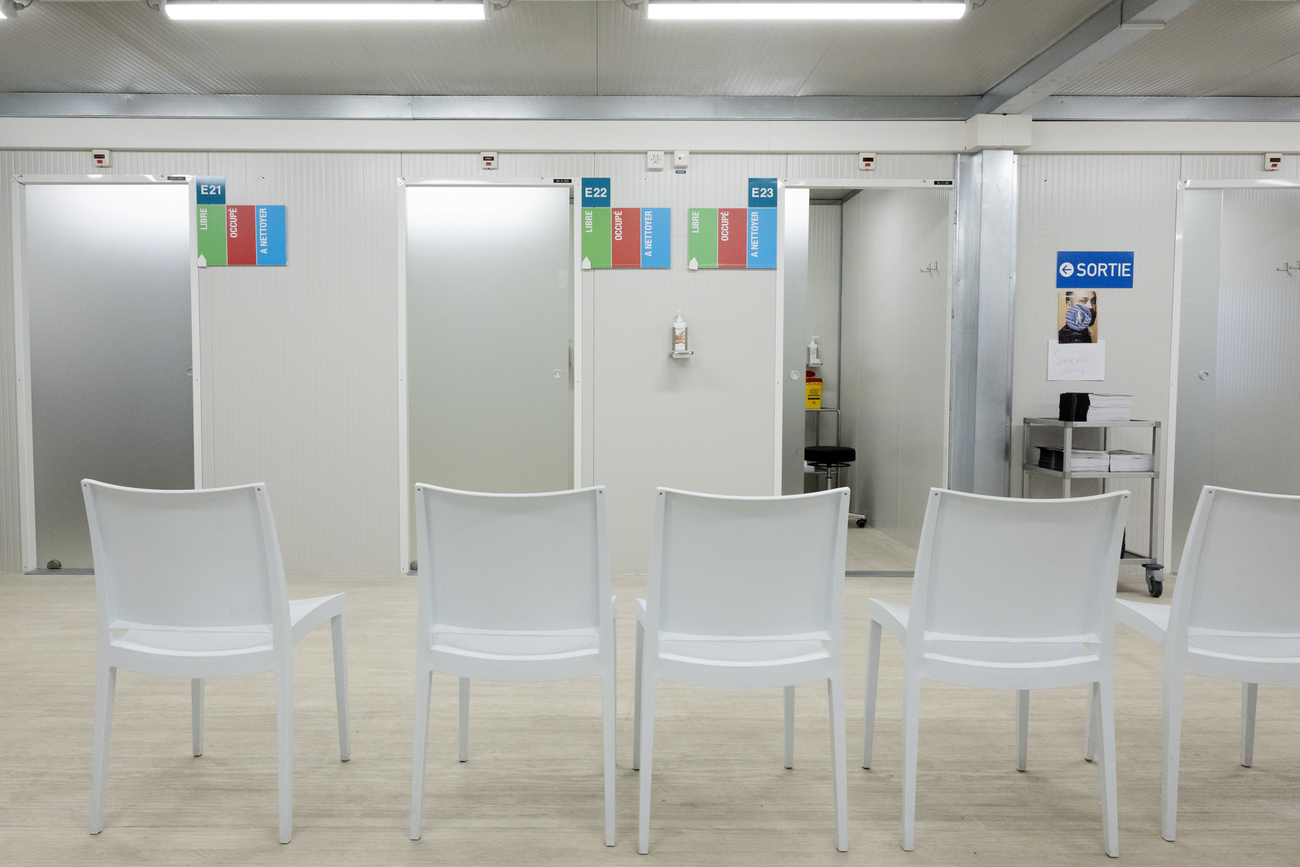











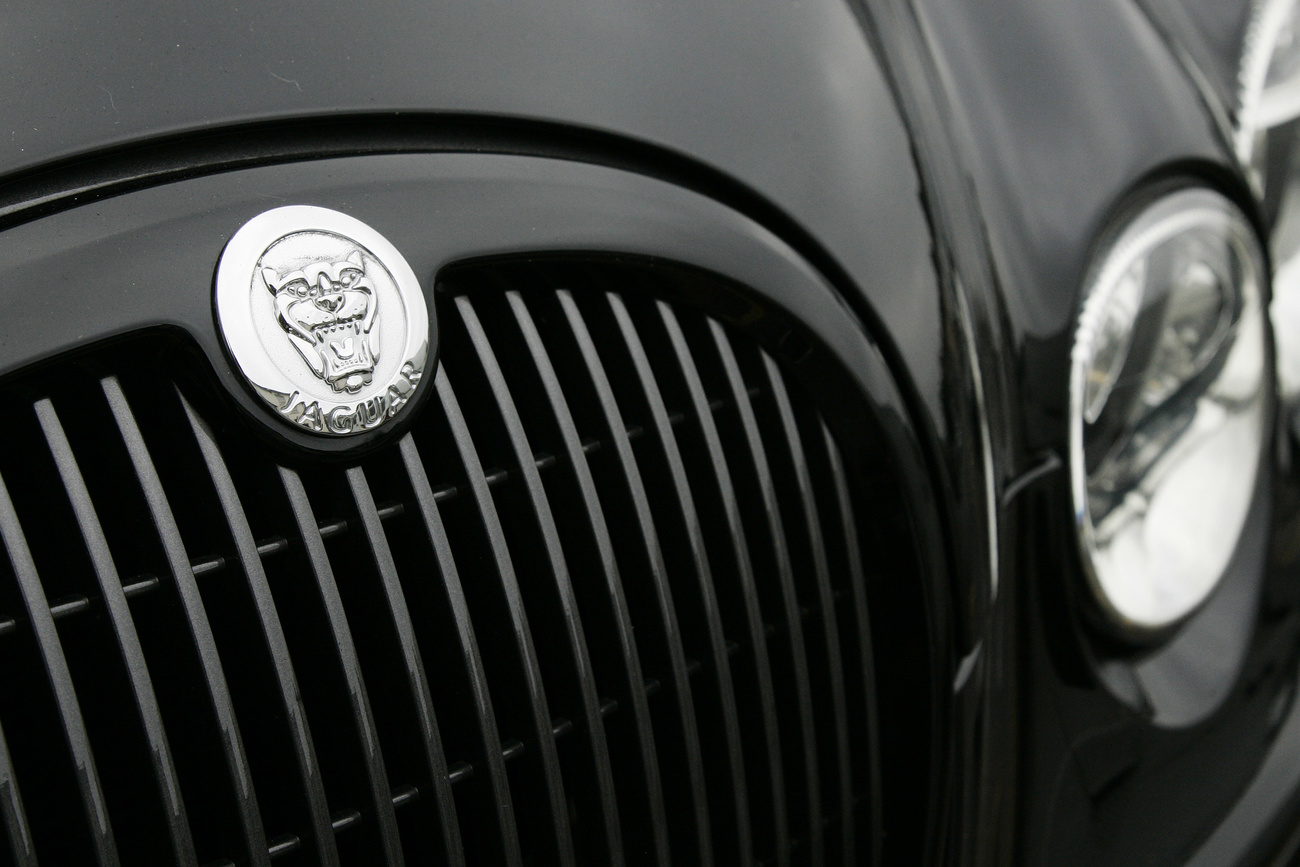

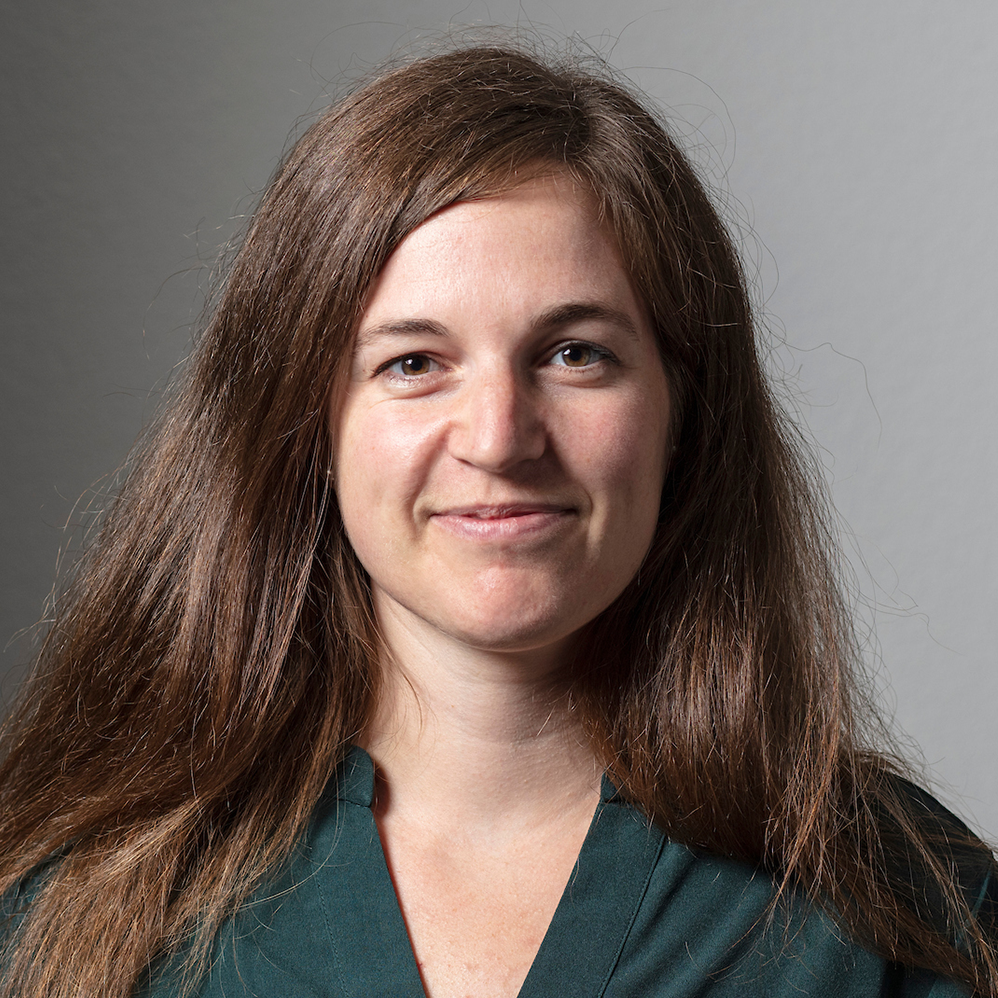


You can find an overview of ongoing debates with our journalists here . Please join us!
If you want to start a conversation about a topic raised in this article or want to report factual errors, email us at english@swissinfo.ch.